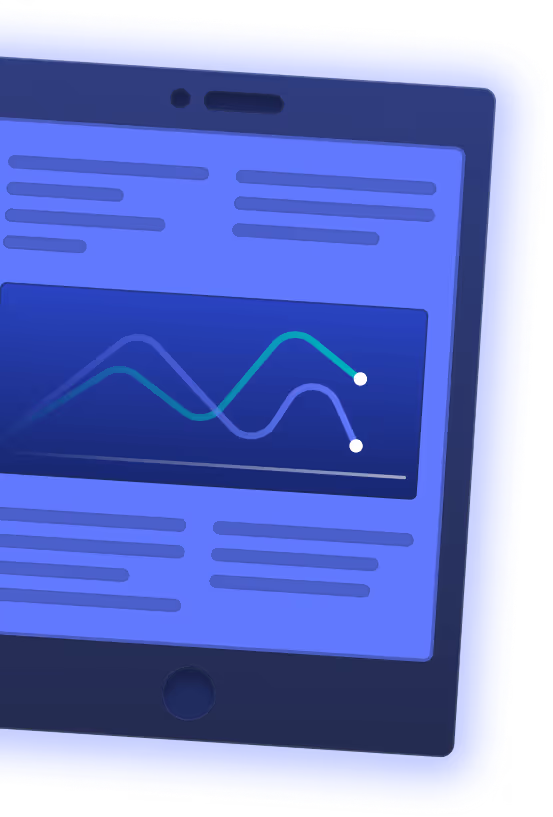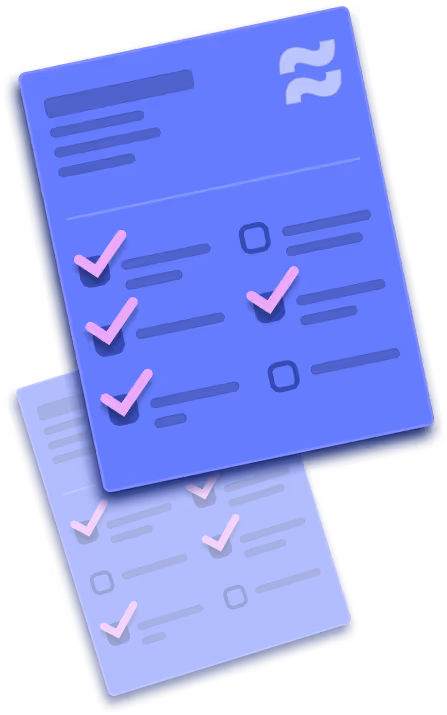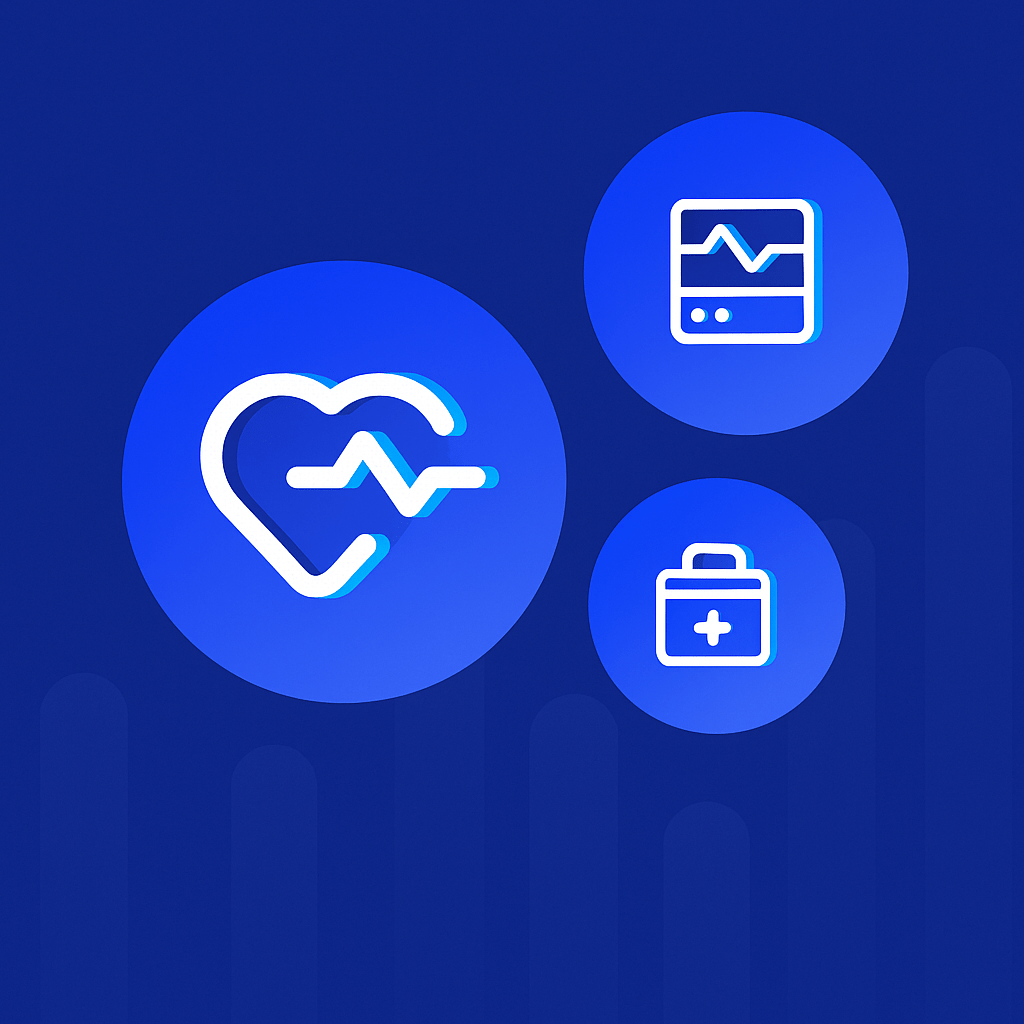
How to Increase Website Speed: 10 Essential Hacks
Key takeaways
- Website speed directly affects user experience, engagement, conversions, and overall KPIs. Faster sites keep visitors longer and reduce bounce rates.
- Core metrics like LCP, FCP, CLS, TTFB, and FID help you understand how quickly your site loads and becomes usable.
- Common fixes include minifying code, enabling browser caching, optimizing servers, using CDNs, and improving CSS delivery.
- Prioritizing above-the-fold content, lazy loading, image optimization, and reducing redirects all make pages feel faster.
- Third-party scripts can slow sites dramatically, so keep them minimal and load them asynchronously when possible.
- Webflow simplifies speed optimization by generating clean code, including a built-in CDN, and offering fast, optimized hosting without technical setup.
A fast-loading website keeps visitors engaged and reduces bounce rates, which can significantly impact your site's success. Over the years, I've identified some key areas that often contribute to slow load times.
In this blog, I'll share with you 10 essential hacks to help you increase your website speed. These are some of the most effective strategies I've discovered, and they're a great starting point for anyone looking to enhance their site's performance.
Let's dive in and make your website faster and more efficient!
{{cta}}
What is Website Speed and What Metrics Are Important?
Website speed refers to how quickly a web page is loaded and becomes interactive when a user visits it. It is a critical factor in user experience and website performance. A fast website ensures users can access content without delay, reducing frustration and increasing the likelihood of engagement.
Of course, more engagement means increased likelihood of the visitor doing what you want them to do on your website.
So, the math is simple: better speed, better website KPIs.
In contrast, a slow-loading website can lead to higher bounce rates, lower conversion rates, and a negative impression of your brand.
Website speed is influenced by various elements, including the size of your page, the number of HTTP requests, the efficiency of your hosting server, and how well your website is optimized.
The Important Metrics
Before diving into specific tips to improve website speed, it’s essential to understand the metrics that indicate performance. These are commonly measured using tools like Google PageSpeed Insights, GTmetrix, and Lighthouse.
Here is what our homepage looks like when analyzed with Google’s Lighthouse.

- Page load time: The total time it takes for a web page to fully display its content after a user clicks a link. Ideally, this should be under 2-3 seconds.
- Time to first byte (TTFB): The time it takes for the server to respond with the first byte of data. A TTFB under 200ms is considered optimal.
- First contentful paint (FCP): The time it takes for the first visible content (text, image, etc.) to appear on the screen. Faster FCP helps users feel the website is responsive.
- Largest contentful paint (LCP): The time it takes for the largest visible element (like a banner image or headline) to load. A good LCP score is under 2.5 seconds.
- Cumulative Layout Shift (CLS): A metric that measures unexpected layout shifts on a page during loading. An optimal CLS score is less than 0.1.
- First input delay (FID): The time required for a page to respond to the first user interaction (like clicking a button). An optimal FID is under 100ms.
- Speed index: Measures how quickly the content on the page is visually displayed. A lower Speed Index score means the page appears faster to users.
- Core web vitals: A set of three metrics (LCP, CLS, and FID) identified by Google as key indicators of website health and user experience.
1. Minify CSS, JavaScript, and HTML
Minification is the process of removing unnecessary characters like spaces, comments, and line breaks from your code without changing its functionality. This reduces file sizes, allowing browsers to load them faster, which improves website speed and user experience.
A website with unoptimized CSS, JavaScript, and HTML can experience slower loading times due to larger file sizes, which also increases bandwidth usage.
Tips:
- Use minification tools: Leverage tools like UglifyJS, CSSNano, or HTMLMinifier to automate the minification process for your code files.
- Enable automated minification: Builders such as Webflow have a switch, where you can turn on automatic minification during deployment.
- Combine files where possible: Reduce the number of HTTP requests by combining multiple CSS and JavaScript files into a single file for each.
2. Leverage Browser Caching
Browser caching stores static files such as images, CSS, and JavaScript on the device of a user. That way, they don’t have to be downloaded again when the user visits again.
This speeds up load times for returning visitors by reducing the number of requests to the server.
Tips:
- Set up proper cache expiration times: Configure your server to specify how long different types of files should be cached. For example, set longer expiration times for static assets that don't change often, and shorter times for content that updates frequently. Use cache-control headers to manage this effectively.
3. Reduce Server Response Time
Server response time is the time it takes for a web server to respond to a request from a browser.
A slow server response time can significantly delay the loading of a webpage, impacting user experience and search engine rankings.
Tips:
- Choose a reliable hosting provider: Invest in a high-quality hosting provider that offers fast and reliable servers. Consider using VPS (Virtual Private Server) or dedicated hosting instead of shared hosting for better performance.
- Optimize your server settings: Configure your server for optimal performance. This includes enabling caching, compressing files, and optimizing your database.
4. Use a Content Delivery Network (CDN)
A CDN is a network of servers distributed across various locations worldwide.
It works by caching your website’s static content and delivering it from the server closest to the user, significantly reducing load times and improving performance.
Tips:
- Choose a reputable CDN provider: Opt for well-known CDN providers such as Cloudflare, Akamai, or Amazon CloudFront, which offer robust infrastructure and wide server coverage.
- Implement CDN integration: Set up and configure your CDN to work seamlessly with your website. This may involve updating DNS settings and modifying your website’s configuration to use the CDN for serving static files.
- Cache static assets: Ensure that your CDN caches static assets like images, CSS, and JavaScript files. This reduces the load on your origin server and speeds up content delivery to users.
5. Optimize CSS Delivery
CSS can block the rendering of a webpage, causing delays in the initial load.
Optimizing the delivery of CSS ensures that the critical styles required for rendering the above-the-fold content are loaded first. This improves the perceived load speed.
Tips:
- Use inline critical CSS: Inline the CSS necessary for rendering above-the-fold content directly within the HTML. This ensures that the browser can start rendering the page as quickly as possible.
- Defer non-critical CSS: Make sure to asynchronously load non-essential CSS files or postpone them until after the initial render. Tools like LoadCSS can help in implementing this technique.
6. Prioritize Above-the-Fold Content
Prioritizing how content that appears above the fold is loaded ensures that users see the most important parts of the webpage as soon as they land. This reduces the perception of loading time.
This technique improves user experience by making the page appear to load faster.
Tips:
- Lazy load below-the-fold content: Implement lazy loading for images, videos, and other media that are not immediately visible. This ensures that only the content above the fold is loaded initially, speeding up the perceived load time.
- Prioritize critical resources: Ensure that critical CSS and JavaScript files required for rendering above-the-fold content are loaded first. Use resource hints like preload and prefetch to prioritize these resources, ensuring they are available as soon as needed.
7. Reduce Redirects
Redirects add additional HTTP requests and can delay the loading of a webpage.
Minimizing the use of redirects helps reduce load times and improves user experience by ensuring users get to the desired content as quickly as possible.
Tips:
- Avoid Unnecessary Redirects: Review your website to find and exclude any redirects that are not important. Ensure that links and references within your site point directly to the final destination without unnecessary redirections.
- Implement Direct Linking: Ensure all internal links and resources are direct and do not point to URLs that will redirect to another page. This includes updating outdated links, fixing broken links, and removing any intermediate steps that cause delays.
8. Enable Lazy Loading
Lazy loading is a type of code that postpones or delays how some images and videos are loaded on your page. Simply put, they are loaded when they come into the viewport instead of being loaded all at once.
This reduces the initial load time of a webpage, improving user experience and performance by only loading content as it is required.
Tips:
- Use the loading="lazy" attribute: For images and iframes, simply add loading="lazy" to defer their loading until they are about to be displayed in the viewport.
- Implement JavaScript libraries: Use libraries like Lozad.js to gain more control over lazy loading, allowing you to lazy load other elements and customize the behavior based on your needs.
9. Optimize Images
Optimizing images is crucial for improving website speed since images are often the largest files on a webpage.
Properly optimized images load faster, enhancing user experience and reducing bounce rates.
Tips:
- Use tools like TinyPNG or ImageOptim: These tools compress images without significant loss in quality, reducing file sizes and speeding up load times.
- Choose the right file format: Use JPEG for photos as it offers good quality at smaller file sizes, and PNG for graphics that require transparency or sharp edges.
- Implement responsive Images: Use the srcset attribute to serve different image sizes based on the user's device.
10. Reduce Third-Party Script
Third-party scripts, such as ads, social media widgets, and analytics tools, can significantly slow down your website.
Reducing the number of these scripts can improve load times and overall site performance.
Tips:
- Check and remove non-important scripts: Regularly review the third-party scripts on your website and remove any that are not essential.
- Load scripts asynchronously: Use the async attribute to load third-party scripts asynchronously, ensuring they don't block the rendering of your page.
- Use Efficient Alternatives: Replace heavy third-party scripts with lighter, more efficient alternatives that achieve the same functionality.
A Single Solution to Speed Optimization?
Increasing website speed involves various strategies, each often requiring specialized expertise. For instance, code improvements are best handled by professional web developers who understand the intricacies of web performance optimization.
Additionally, many speed enhancements require third-party tools and services, such as CDNs or high-performance hosting solutions.
Fortunately, modern website builders like Webflow make it easier to achieve fast-loading websites without needing deep technical knowledge.
Webflow is designed with speed in mind, automatically generating clean, efficient code as you visually design your site. Webflow also provides robust hosting services that are optimized for performance. When you host your website with Webflow, it automatically sets up a CDN, ensuring your content is delivered quickly to users around the globe.
This integrated approach means that many technical challenges related to website speed are handled for you, allowing you to focus on creating great content and user experiences.
Advantages of using Webflow for speed:
- Clean, efficient code: Webflow generates optimized code as you design, reducing the need for manual coding and minimizing potential performance issues.
- Pre-configured CDN: Webflow automatically sets up a CDN for your site, ensuring fast content delivery to users worldwide.
- Optimized hosting: Webflow's hosting services are tailored for high performance, ensuring your site loads quickly and reliably.
- No technical overhead: You don’t need to worry about configuring servers, optimizing code, or managing third-party tools – Webflow handles it all for you.
FAQ for Increasing Website Speed
How can I measure the impact of website speed improvements on user behavior?
Use analytics tools like Google Analytics or Hotjar to track metrics such as bounce rate, average session duration, and conversion rate before and after speed improvements. These insights reveal how speed enhancements influence visitor engagement and behavior.
What are the best tools to test website speed across different devices and locations?
Top tools include Google PageSpeed Insights, GTmetrix, WebPageTest, and Pingdom. These platforms allow you to simulate performance on various devices and locations, helping identify specific areas for optimization globally.
How does website speed affect SEO rankings on Google?
Website speed is a core ranking factor in Google's algorithm, particularly metrics like Core Web Vitals. Faster websites generally rank higher because they provide a better user experience, reduce bounce rates, and encourage longer engagement.
Is it better to use a plugin or custom code to implement lazy loading on a website?
Custom code using native HTML attributes or lightweight JavaScript libraries is typically more efficient than plugins, which can add bloat. Native lazy loading is supported in modern browsers and ensures optimal performance without relying on external code.
What is the difference between a CDN and a web hosting service?
A web hosting service stores and serves your website content, while a CDN (Content Delivery Network) distributes cached content from servers at multiple geographical locations to reduce latency and loading time for users.
Can improving mobile website speed differ from desktop optimization?
Yes, mobile optimization often requires additional considerations such as responsive design, reduced file sizes, and prioritizing touch-friendly interactions. Mobile networks also vary in speed, making performance tuning more critical compared to desktop.
How frequently should a website undergo speed performance audits?
Conduct performance audits quarterly or after any significant updates to content, plugins, or architecture. Regular reviews help maintain speed standards, catch regressions early, and adapt to new performance best practices and browser changes.





.png)
.svg)


-min.png)








-min.png)




.png)










.svg)

.png)
.png)
.webp)
.svg)

